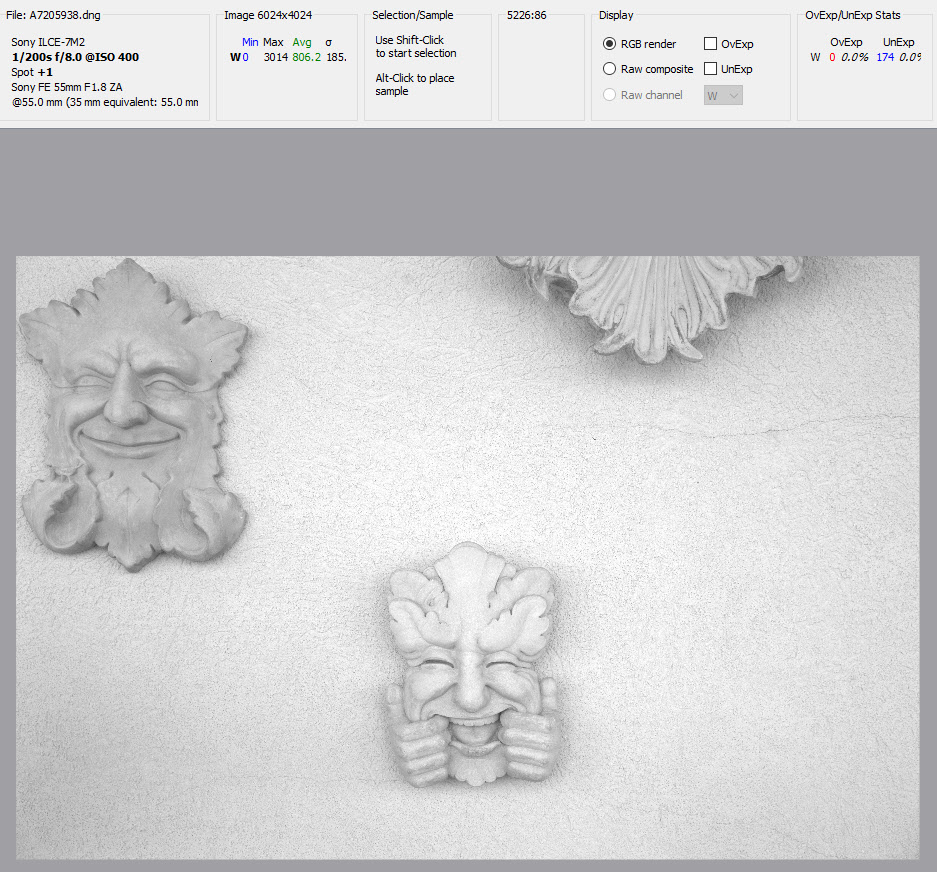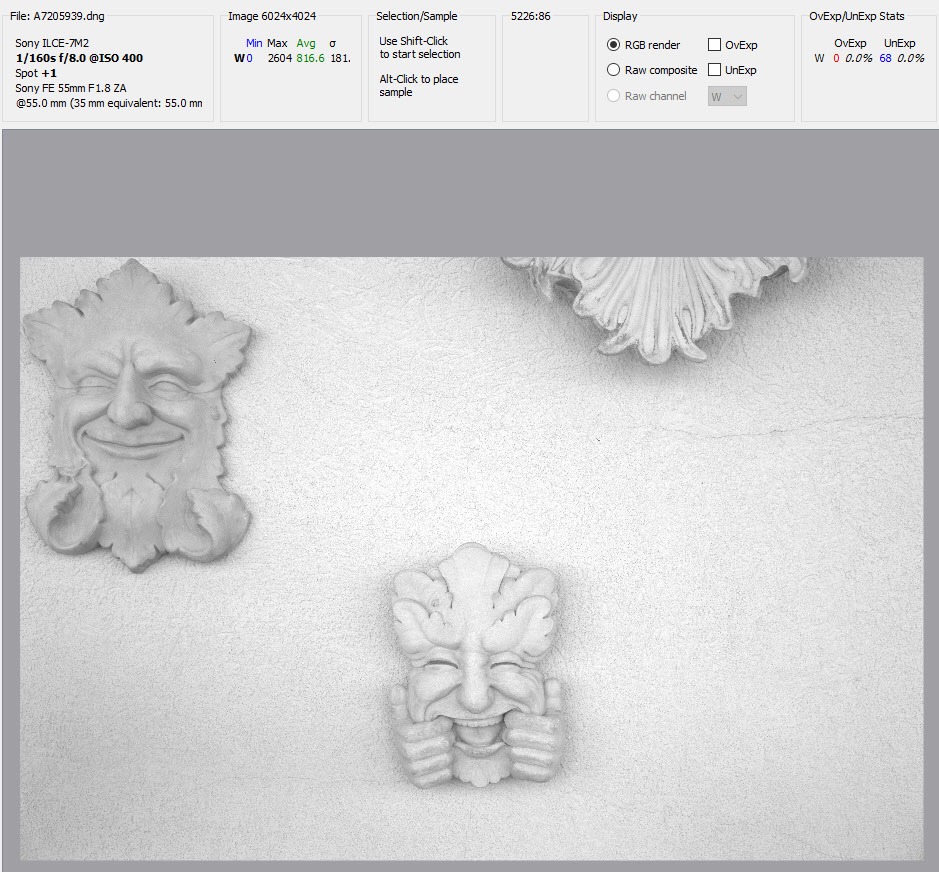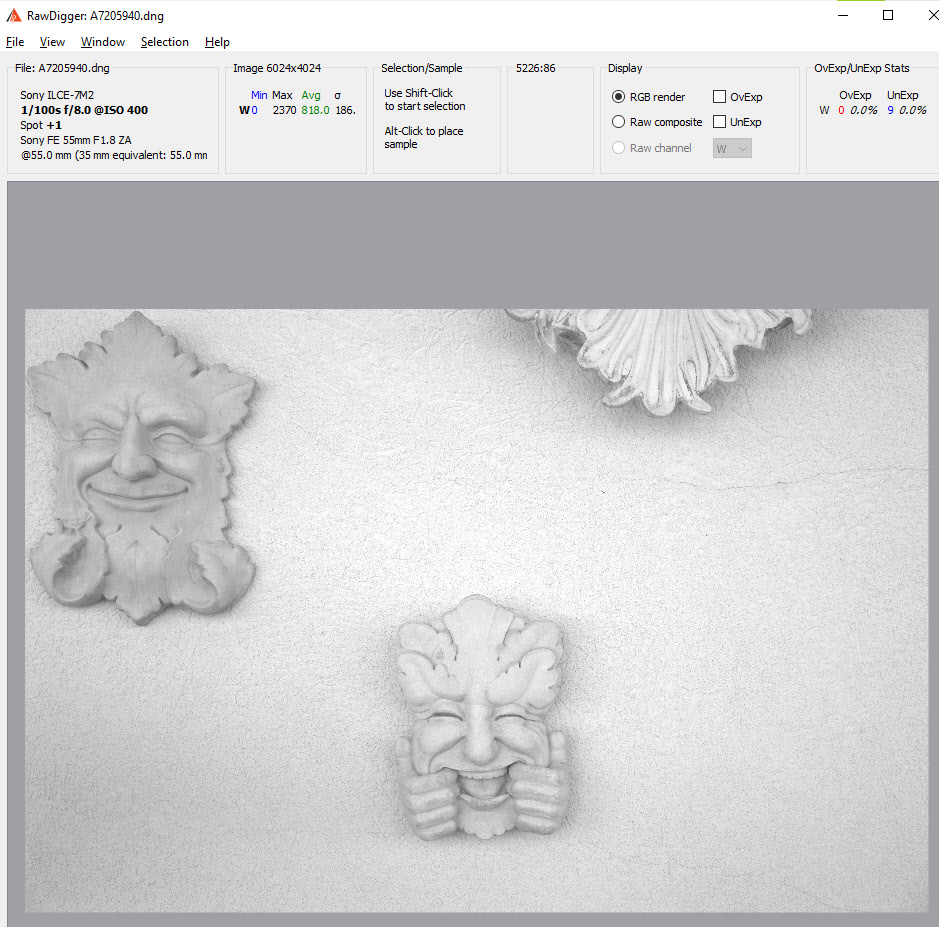Ilford HP5+ vs Ilford Delta 400
Nov 17, 2022 16:44:16 #
selmslie wrote:
It increases the contrast but not the film speed.
Yep.. was curious if you pushed 100 to 400 if you would get much on your film. I guess I'm picturing it (no pun intended) as kind of a form of exposure compensation?
Nov 17, 2022 16:47:02 #
SteveInConverse wrote:
Yep.. was curious if you pushed 100 to 400 if you would get much on your film. I guess I'm picturing it (no pun intended) as kind of a form of exposure compensation?
Increasing the contrast boosts the image highlights more than the shadows.
Nov 17, 2022 16:49:40 #
selmslie wrote:
Increasing the contrast boosts the image highlights more than the shadows.
Ok, thanks! What would I do if I wanted to increase contrast?
Nov 17, 2022 16:52:40 #
SteveInConverse wrote:
Ok, thanks! What would I do if I wanted to increase contrast?
Push-processing increases contrast.
Nov 17, 2022 17:03:02 #
selmslie wrote:
Push-processing increases contrast.
Gotcha. Thank you for your help!
Nov 18, 2022 08:30:44 #
SteveInConverse wrote:
I have a roll of Ilford Delta that, if I recall correctly, is ASA 100. If I set my film speed to say 200 or 400 what kind of results could I expect? No images or just low contrast?
Let's begin with why? Why would you shoot ISO-100 as ISO-400? I know the discussion went on to how to then adjust the processing, but still, why? If you have the wrong film for something that requires a faster shutter speed, now in Nov 2022, use your digital camera or pick a different film. You might too consider an orange or red filter, adjusting the exposure duration -- longer by 2 to 3 stops -- to increase contrast of the B&W results.
Nov 18, 2022 08:43:51 #
CHG_CANON wrote:
You might too consider an orange or red filter, adjusting the exposure duration -- longer by 2 to 3 stops -- to increase contrast of the B&W results.
That will darken a blue sky and deepen shadows that are lit by blue skylight but it won’t increase sunlit contrast. It doesn’t change the contrast if the weather is overcast.
Nov 18, 2022 08:53:21 #
selmslie wrote:
That will darken a blue sky and deepen shadows that are lit by blue skylight but it won’t increase sunlit contrast. It doesn’t change the contrast if the weather is overcast.
I have lots of recent work that says otherwise, although they are scanned and processed beyond the original capture. Slowing the shutter does require a tripod and more static scenes.
Nov 18, 2022 09:49:47 #
CHG_CANON wrote:
I have lots of recent work that says otherwise, although they are scanned and processed beyond the original capture. Slowing the shutter does require a tripod and more static scenes.
Here is a simple test using a monochrome digital camera. The scene is in open shade with skylight coming through the screen behind me.
The settings were ISO 100 (effectively ISO 200 since the Bayer array is not there) and f/8 with Aperture priority determining the shutter speed. The average raw values are almost identical so the meter is controlling the shutter speed appropriately.
I don't have a red filter for this lens but it would have lowered the shutter speed more than the orange filter did.
There is a need for additional exposure due to the filters but there is no change in contrast.
B&W film would have behaved the same.
No filter - 1/200s

Yellow filter - 1/160s (0.3 filter factor)

Orange filter - 1/100s (1.0 filter factor)

Nov 18, 2022 21:51:35 #
This is Tri-x 400. The notes don't say Red Filter, but that was what I was shooting on this 15 second and f/13 "indoor" exposure, using manual and just pushing the meter to +3 over the 0-mark.
I like using the filters. But, the new (returned) Fujifilm Neopan 100 Acros II is must more contrasty in strong sun, sans any filters.
Old Car City on film by Paul Sager, on Flickr

I like using the filters. But, the new (returned) Fujifilm Neopan 100 Acros II is must more contrasty in strong sun, sans any filters.
Old Car City on film by Paul Sager, on Flickr

Nov 19, 2022 07:55:55 #
CHG_CANON wrote:
This is Tri-x 400. The notes don't say Red Filter, but that was what I was shooting on this 15 second and f/13 "indoor" exposure, using manual and just pushing the meter to +3 over the 0-mark.
I like using the filters. But, the new (returned) Fujifilm Neopan 100 Acros II is must more contrasty in strong sun, sans any filters.
I like using the filters. But, the new (returned) Fujifilm Neopan 100 Acros II is must more contrasty in strong sun, sans any filters.
Tri-X and HP5 have a lot of of reciprocity failure compared to slower films, especially when taken to extremes. It's not clear whether that has any impact on color sensitivity or contrast.
Acros is an ortho-panchromatic film, less sensitive to red than panchromatic but more than orthochromatic.

If you want to reply, then register here. Registration is free and your account is created instantly, so you can post right away.


